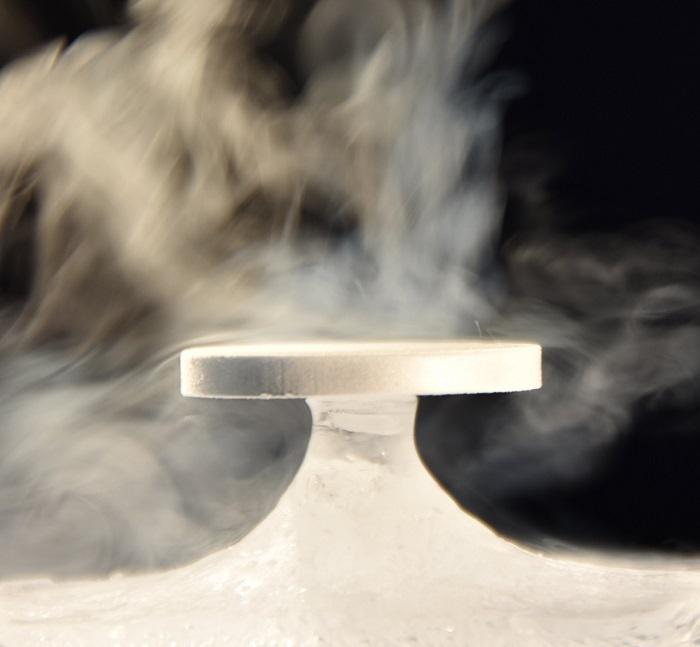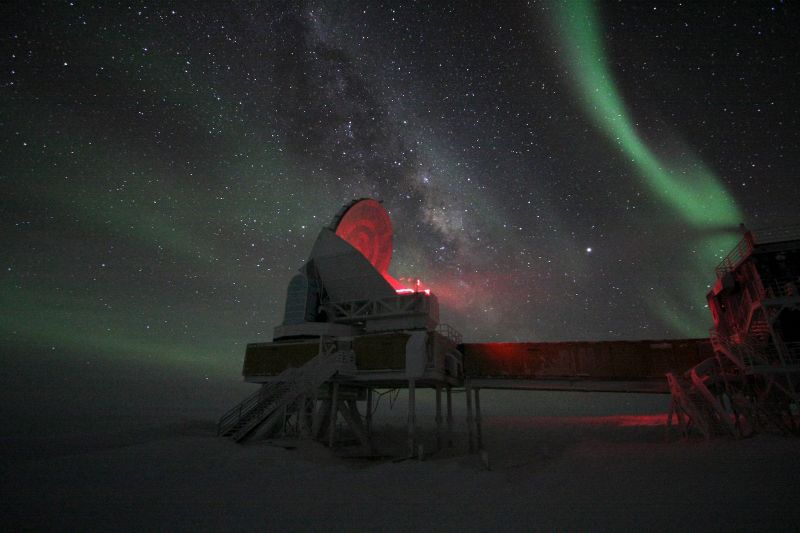by Jeff Foust —

WASHINGTON — Preparations are underway for the launch of the next in a series of geostationary weather satellites that will also mark the end of a decades-long streak for one company.
At a briefing organized by the National Oceanic and Atmospheric Administration Feb. 1, representatives of several agencies and companies said they were on track for a March 1 launch of the GOES-T weather satellite on an Atlas 5 from Cape Canaveral, Florida. The spacecraft, the third of four in the GOES-R series, will replace GOES-17 at the GOES-West orbital location in geostationary orbit at 137 degrees west.
Scott Messer, program manager for NASA launch services at United Launch Alliance, said the company had started stacking the Atlas 5 that will launch GOES-T. The spacecraft, encapsulated within its five-meter payload fairing, is scheduled to be installed on the rocket Feb. 15 for final tests before rollout and launch.
The launch campaign for GOES-T will be similar to its two predecessors, GOES-R and GOES-S, which also launched on the 541 version of the Atlas 5 with four solid-fuel boosters. Messer said there will be some minor adjustments in this launch to improve its accuracy and extend the life of GOES-T by reducing the amount of propellant the spacecraft itself uses to reach geostationary orbit.
“With each successive GOES satellite, we have gone through a process of optimizing the trajectory that we fly in order to provide a better injection orbit to allow more spacecraft life,” he said. “In this case, we were able to do something that gave the spacecraft another four or five years’ worth of lifetime.”
The GOES-T launch continues a streak for ULA and the two vehicle families it inherited when the joint venture was created more than 15 years ago. “ULA and our heritage launch vehicles, Atlas and Delta, have launched every GOES satellite that’s ever been launched,” Messer said. That dates back to the launch of GOES-A on a Delta rocket in 1975.
That streak, though, ends with GOES-T. NASA announced in September it awarded a contract to SpaceX for the final spacecraft in the GOES-R series, GOES-U, slated for launch in April 2024 on a Falcon Heavy. ULA said it withdrew its bid because all of its remaining Atlas 5 vehicles had been assigned to other launches as the company prepares to transition to the Vulcan Centaur.
GOES-T, which will be renamed GOES-18 after launch, will be rushed into service to replace GOES-17 because of problems with that spacecraft’s main instrument, the Advanced Baseline Imager (ABI). After two months of checkouts at 89.5 degrees west in GEO, the spacecraft will drift to the GOES-West slot for additional tests. Dan Lindsey, GOES-R program scientist at NOAA, said he expected GOES-18 to formally replace GOES-17 as the operational GOES-West satellite in early 2023.
Larry Crawford, program manager for ABI at its manufacturer, L3Harris, said the company redesigned the instrument to avoid the blockages in its radiator by foreign object debris, or FOD, that the version of the instrument on GOES-17 suffered. “The hardware that we determined was the most likely cause for that FOD has been eliminated from the design,” he said. “That design has been thoroughly reviewed and extensively tested.”
Note: This article have been indexed to our site. We do not claim legitimacy, ownership or copyright of any of the content above. To see the article at original source Click Here












